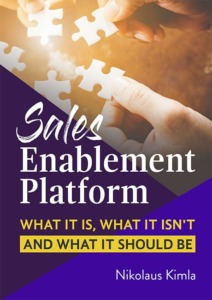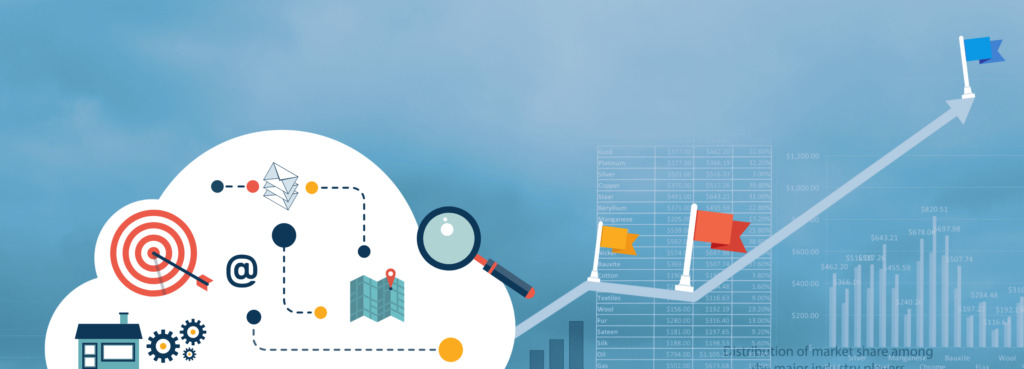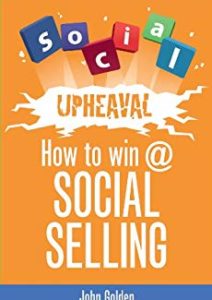Sales enablement is a process that helps businesses equip their sales teams with the resources, tools, and information they need to improve their performance and close more deals. In today’s competitive market, sales enablement has become an essential strategy for any business that wants to stay ahead of the competition.
What is Sales Enablement?
Sales enablement refers to a set of processes and tools that are designed to help salespeople sell more effectively. It includes training, coaching, content creation, and technology solutions that are tailored to the needs of the sales team. The goal of sales enablement is to improve the productivity, efficiency, and effectiveness of the sales team, by providing them with the necessary resources to engage and convert prospects into customers.
Depending on who you talk to, there are various definitions of “sales enablement. We define sales enablement as the strategic approach to uniting stakeholders in sales, marketing, and operations around the common goal of providing salespeople with the right resources, content, processes, and technology needed to engage with prospects and customers throughout the buyer’s journey and sell effectively. Because there’s no globally accepted definition, here’s a look at how it’s defined by industry analysts.
Sales enablement is a strategic, cross-functional discipline, designed to increase sales results and productivity, by providing integrated content, training, and coaching services. — CSO Insights
- The importance of sales enablement in achieving business goals
- Different strategies and approaches to implementing sales enablement
- Ways to measure the success and ROI of sales enablement initiatives
- Best practices for creating effective content, training, and coaching services
- How technology can enhance sales enablement efforts
Sales enablement is the activities, systems, processes, and information that support and promote knowledge-based sales interactions with clients and prospects.— Gartner
- You could continue writing about the different definitions of sales enablement and why there’s no globally accepted definition.
2. Another idea is to expand on the benefits of using a sales enablement strategy, such as increased productivity and better engagement with prospects.
3. It would be interesting to explore how companies can implement a successful sales enablement program and what best practices they should follow.
4. You could also delve into the role that technology plays in sales enablement and discuss which tools are most effective
Sales enablement is a strategic, ongoing process that equips employees with the ability to consistently have a valuable conversation with the right set of customer stakeholders at each stage of the customer’s journey.— Forrester
For example, a company might use sales enablement to provide their sales team with personalized content and training that is tailored for each stage of the buyer’s journey. By doing so, they can improve their sales team’s productivity and effectiveness, ultimately leading to increased sales revenue. Additionally, a company might use technology such as AI-driven chatbots to provide real-time customer insights that allow their salespeople to engage with prospects in a more meaningful way.
Benefits of Sales Enablement
Sales enablement refers to the strategies, practices, technologies, and tools that empower sales teams to sell more efficiently and effectively. It’s a holistic approach that covers everything from training and coaching to content management and technology.
Sales enablement provides several benefits that can help businesses achieve their sales goals.
Here are some of the key benefits of implementing sales enablement in a business:
- Increased Sales Efficiency and Effectiveness: Sales enablement equips sales teams with the knowledge, skills, and tools that they need to engage buyers effectively. This can result in shorter sales cycles, higher win rates, and increased revenue.
- Improved Sales and Marketing Alignment: A crucial part of sales enablement involves facilitating better communication and collaboration between sales and marketing teams. This can help ensure that marketing materials are more targeted and useful for sales purposes, leading to more effective and consistent messaging to customers.
- Better Customer Interactions: With access to relevant content, data, and insights, salespeople can tailor their interactions to the specific needs and pain points of each customer. This leads to better customer engagement and improved customer experiences.
- Enhanced Training and Onboarding: Sales enablement often includes comprehensive training programs for new sales reps. This can shorten ramp-up times, increase competency, and reduce turnover.
- Scalability: By standardizing processes, resources, and tools, sales enablement allows businesses to scale their sales operations more efficiently.
- Data-Driven Decisions: Sales enablement platforms often include analytics and reporting capabilities that can provide valuable insights into sales activities and performance. This data can be used to make more informed decisions and drive continuous improvement in the sales process.
- Reduced Admin Tasks: With the help of technology, sales enablement can automate administrative tasks, allowing salespeople to focus more on selling and less on paperwork.
- Consistency: Sales enablement ensures that all reps have access to the same messages, tools, and processes, promoting consistency across the entire sales team.
Best Practices for Sales Enablement
To maximize the benefits of sales enablement, businesses should follow these best practices. Implementing effective sales enablement can significantly boost the productivity of a sales team. Here are some of the best practices for sales enablement:
- Align Sales and Marketing: One of the main objectives of sales enablement is to ensure that sales and marketing are on the same page. This alignment can help ensure that the sales team is equipped with the most effective and relevant content to help close deals.
- Provide Ongoing Training and Development: Sales enablement is not a one-time event but a continuous process. Regular training and development programs should be conducted to improve the skills and knowledge of the sales team, which includes product knowledge, understanding customer needs, and communication skills.
- Leverage Technology: Use a sales enablement platform or CRM system that allows you to organize content, track customer interactions, and analyze data to measure success. This technology can streamline your sales process, making your sales team more efficient.
- Create Relevant and Valuable Content: Your sales team needs content that helps them sell effectively. This could include case studies, white papers, product demos, and more. It’s also important that this content is easy for salespeople to find and use when they need it.
- Measure and Refine: You should regularly measure the effectiveness of your sales enablement strategy and make necessary adjustments. Metrics could include the length of the sales cycle, deal closure rates, or individual salesperson performance.
- Ensure Easy Access to Information: Salespeople need quick and easy access to the right information at the right time. This includes product information, customer data, and competitive insights. Make sure your sales enablement tools provide this access.
- Focus on Buyer’s Journey: Understand the journey your customers go through when making a purchase. Tailor the content, training, and tools to support the sales team at each stage of this journey.
- Encourage Communication: Foster an environment where the sales team feels comfortable sharing challenges, successes, and insights. This can help you identify areas for improvement and opportunities for training.
- Invest in Onboarding: A well-structured onboarding program is crucial for new hires to get up to speed quickly. This should cover everything from company culture and values to product knowledge and sales processes.
- Prioritize Quality Over Quantity: When it comes to content and training, quality should always come before quantity. It’s better to have a few pieces of high-impact content or targeted training sessions than a lot of ineffective ones.

Remember, the goal of sales enablement is to provide your sales team with the resources they need to be effective. These best practices are guidelines, but the most effective strategies will depend on your specific organization and sales team.
Sales enablement is a critical strategy for any business that wants to improve its sales performance and stay ahead of the competition. By providing your sales team with the necessary resources, tools, and information you can improve their productivity, efficiency, and effectiveness, leading to higher conversion rates and more closed deals. By following the best practices outlined above, you can develop and implement a successful sales enablement program that drives results.













Comments